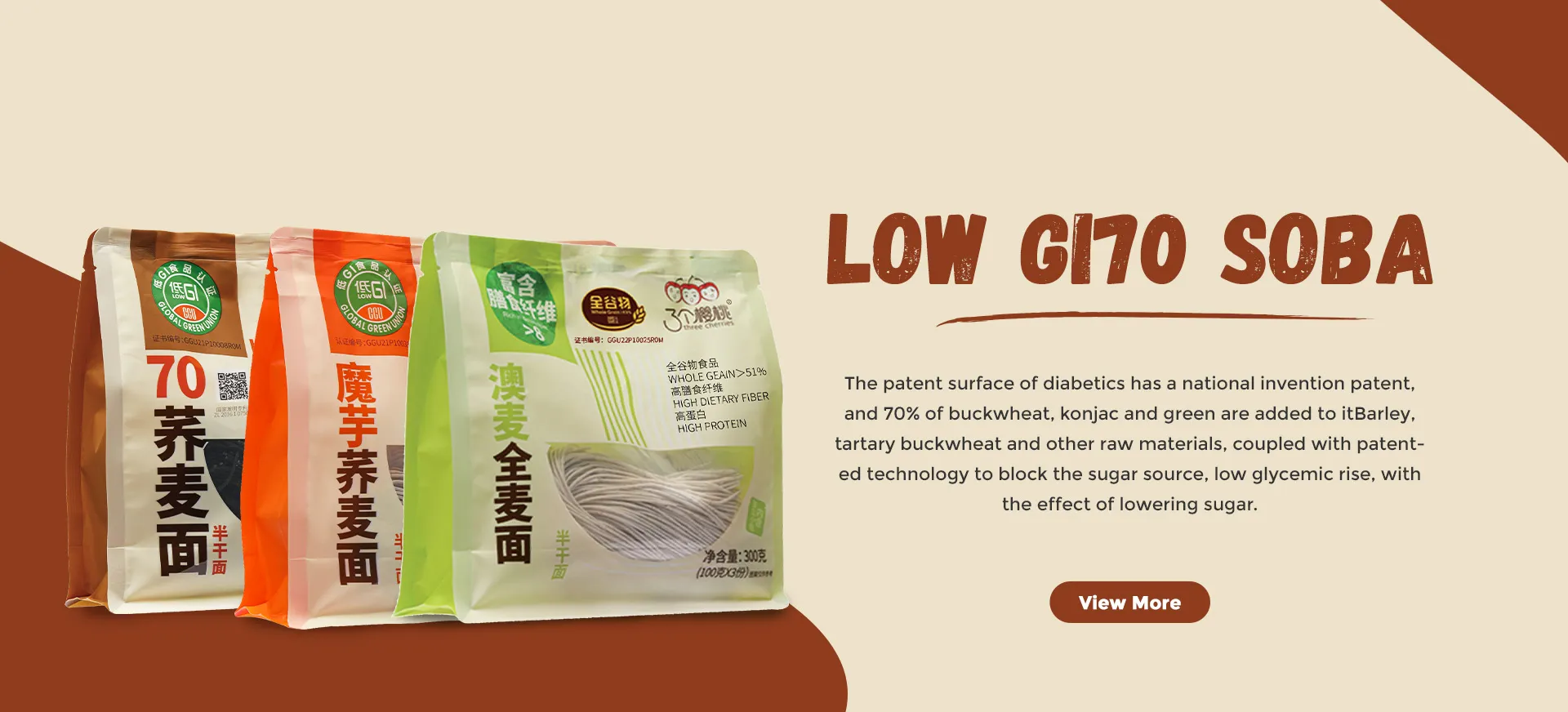Easy and Quick Meal Solutions with Instant Noodles for Busy Lives
The Global Phenomenon of Instant Noodles
Instant noodles, often referred to as a quick meal solution, have transcended geographical boundaries and cultural barriers, becoming a staple food for millions of people worldwide. The concept of dehydrated noodles that are ready to eat within minutes may seem simple, yet their impact on global food culture is profound. With an estimated consumption of over 100 billion servings annually, instant noodles have woven themselves into the fabric of daily life for many.
A Brief History
The journey of instant noodles began in Japan in the post-World War II era. In 1958, Momofuku Ando, the founder of Nissin Food Products Co., introduced Chikin Ramen, the first-ever instant noodle product. This innovation was a response to food shortages and the need for affordable, nutritious meals. The idea quickly caught on, leading to the development of various flavors and styles. In 1970, Ando launched “Cup Noodles,” introducing a new way to serve instant noodles that increased their popularity even further.
Cultural Adaptations
While instant noodles originated in Japan, they have been embraced and adapted by numerous cultures around the globe. Each region has infused its flavors and cooking styles into the basic concept. In South Korea, for example, spicy ramyeon has become a favorite comfort food, often accompanied by an array of side dishes. In Thailand, tom yum flavored instant noodles offer a taste of the country’s rich culinary heritage, while in Indonesia, instant noodles are often served with fried eggs, spicy sambal, and fresh vegetables.
These regional adaptations highlight the versatility of instant noodles, allowing them to cater to diverse taste preferences
. With the rise of globalization, new flavors and collaborations continue to emerge, further expanding the instant noodle market.Convenience and Accessibility
instant noodles

One of the primary reasons for the widespread popularity of instant noodles is their convenience. They require minimal preparation time and cooking skills, making them an ideal choice for busy students, working professionals, and even families. With just hot water and a few minutes, a nutritious and filling meal is ready to be consumed. This ease of preparation has made instant noodles a go-to solution in times of crisis, such as natural disasters or economic downturns, where access to fresh food may be limited.
Additionally, instant noodles are often inexpensive, making them an accessible food option for people with varying financial means. In many developing countries, they serve as an affordable source of carbohydrates, helping to fill the gap in food security.
Nutritional Considerations
Despite their popularity, instant noodles are often criticized for their nutritional content. Many varieties contain high levels of sodium, preservatives, and unhealthy fats, raising concerns about their impact on health. However, the industry has evolved in response to these criticisms, with many brands now offering healthier options. Whole grain noodles, reduced sodium varieties, and added vitamins and minerals are just a few examples of how instant noodles are becoming more nutritious.
Moreover, consumers are increasingly encouraged to enhance their instant noodle meals by adding vegetables, protein sources like eggs or meat, and garnishes to improve their nutritional value. This hybrid approach not only elevates the meal but also allows for culinary creativity.
Conclusion
In conclusion, instant noodles are much more than a mere convenience food. They symbolize innovation, cultural adaptation, and resilience. From their humble beginnings in Japan to their status as a beloved meal across continents, instant noodles continue to evolve and thrive. While they may not be the epitome of a balanced diet, they serve a vital role in many lives—offering comfort, convenience, and a sense of familiarity. As we move forward into a future where culinary boundaries continue to blur, instant noodles will undoubtedly remain a beloved staple in kitchens worldwide, bridging cultures and showcasing the global appetite for innovation in food.
-
Unleash Your Inner Chef with Delectable Italian Pasta CreationsNewsAug.01,2025
-
Savor Health and Flavor: Irresistible Soba Noodles for Sale Await!NewsAug.01,2025
-
Nourish Your Body with Premium Organic Ramen - A Culinary Delight AwaitsNewsAug.01,2025
-
Elevate Your Dishes with Our Exquisite Kinds of Egg NoodlesNewsAug.01,2025
-
Dive into Flavorful Convenience with Our Ramen OfferingsNewsAug.01,2025
-
Discover Exquisite Types of Naengmyeon and Chilled Soba NoodlesNewsAug.01,2025
-
Is Whole Wheat Pasta Healthy?NewsMay.30,2025
Browse qua the following product new the we

















































































































